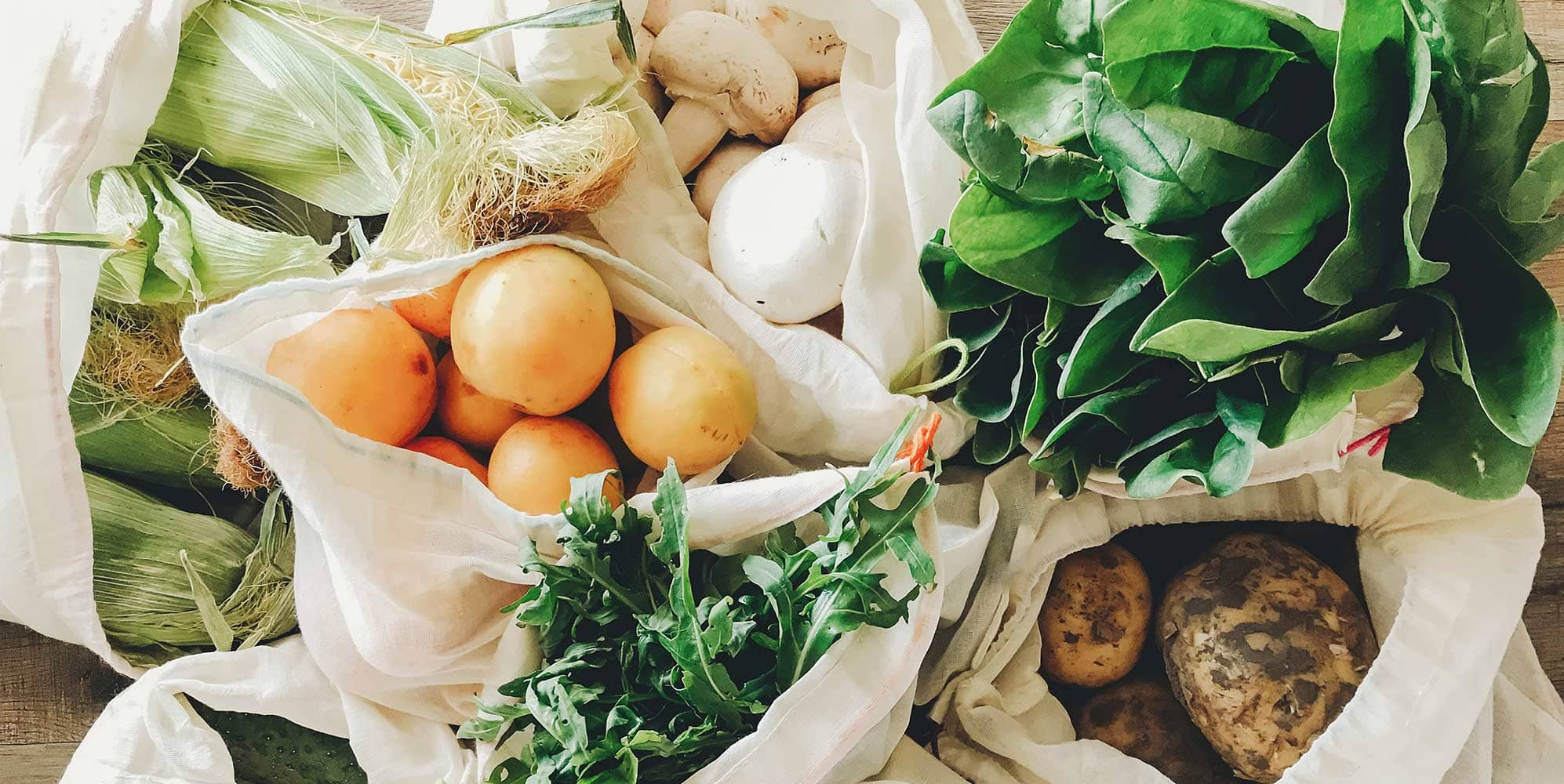With the cost of energy rising, ‘low cook’ and energy-saving meals are becoming more popular ways to prepare food.
You don’t need to spend hours cooking over the stove or oven to create a hearty meal, with options such as soups, stir fries and pasta dishes that can be made with low cost ingredients and minimal cooking time. Also, by cutting ingredients into smaller and more consistent sizes, you can reduce cooking time - such as making sauces with diced or grated veg using a food processor.
Whilst they have initial upfront costs, more
energy-efficient appliances such as microwaves and slow cookers are great additions to your kitchen. These appliances reduce the time needed to cook and heat food, and use less energy too. Microwaves in particular are really efficient for heating up meals, as well as cooking and even baking. Nutrients are also preserved in food due to the shorter cooking times needed.
Simply putting the lid on your saucepan when cooking reduces the amount of energy used, as the lid keeps the heat in the pan and speeds up cooking and boiling time. Using your kettle may also be more efficient when boiling water to cook pasta or vegetables, especially when using a powerful, fast boil kettle from our
Dawn range.
If you own a Kenwood
CookEasy+ or
Cooking Chef XL , why not try making a meal from scratch? This delicious
vegan thai curry is ready to serve in under 30 minutes, and our
carrot soup is a perfect winter warmer.










